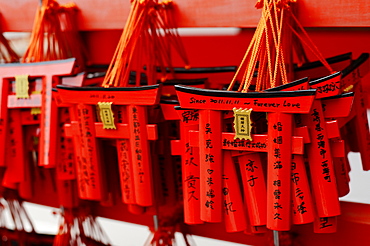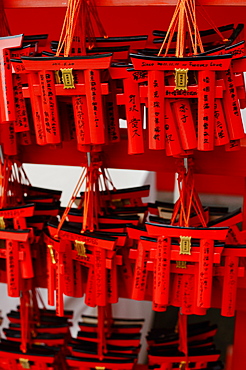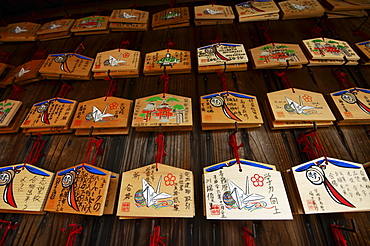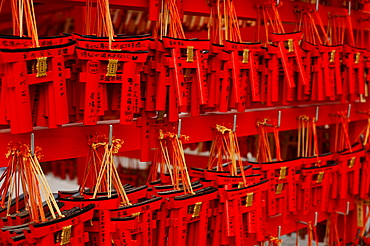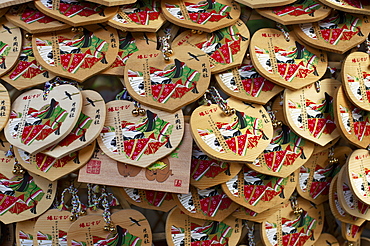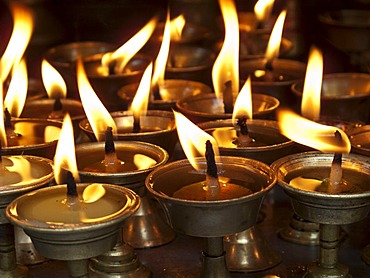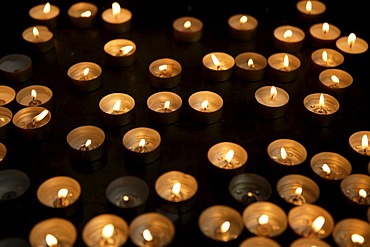Results
15 results found

Votives (Ema prayer tablets), with prayers and wishes for success at Kitano Tenmangu Temple, Kyoto, Japan, Asia
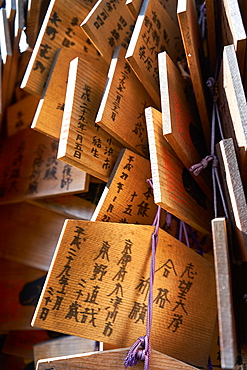
Votives (Ema prayer tablets), with prayers and wishes for success at Kitano Tenmangu Temple, Kyoto, Japan, Asia
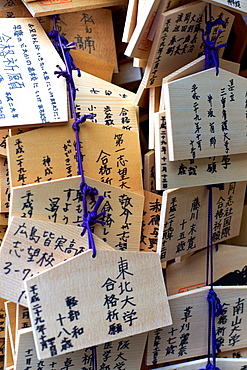
Votives (Ema prayer tablets), with prayers and wishes for success at Kitano Tenmangu Temple, Kyoto, Japan, Asia

Terracotta horses, each a votive offering to village guardian deity, Ayyanar, at the Solai Andavar shrine, Palathur, Tamil Nadu, India, Asia

Terracotta horses, each a votive offering to village guardian deity, Ayyanar, at the Solai Andavar shrine, Palathur, Tamil Nadu, India, Asia

The miracle room with votive offerings and prayers next to the Basilica do Bom Jesus de Matosinhos, Congonhas, Minas Gerais, Brazil, South America
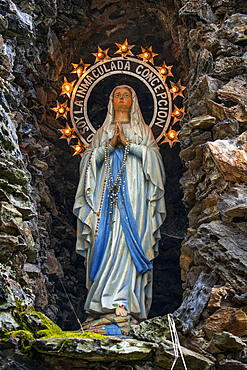
Replica of the grotto at the Lady of the Lourdes shrine in the Convent of the Concepcionistas. Viveiro, Lugo, Galicia, Spain, Europe
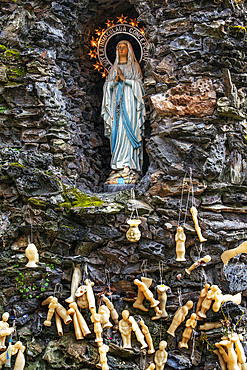
Wax body parts votive offerings at the Lourdes Grotto in the Convent of the Concepcionistas, a 1925 scale reproduction of the French grotto. Viveiro, Lugo Province, Galicia, Spain, Europe Galicia, Spain, Europe

Offerings from pilgrims who receive the blessings of Bahubali by local priests on Indragiri hill in Sravanabelagola, Karnataka, India, Asia
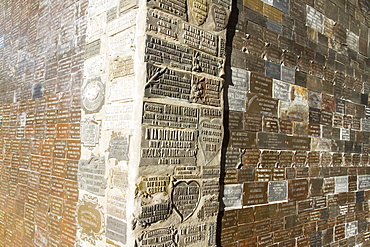
Thanksgiving plaques on a shrine at the Difunta Correa Sanctuary, Vallecito, San Juan, Argentina. La Difunta Correa is the most popular of Argentina's folk saints. She was a woman whose husband was forcibly recruited around the year 1840, during the Argentine civil wars. Becoming sick, he was then abandoned by partisans. In an attempt to reach her sick husband, Deolinda took her baby and followed the tracks of the partisans through the desert of San Juan Province. When her supplies ran out, she died. Her body was found days later by gauchos, however they found the baby still alive, feeding from the deceased woman's miraculously ever-full breast. Once the folk tale became known, her devout followers believe her to perform miracles and intercede for the living. Cattle keepers and truck drivers create small altars throughout Argentina and leave bottles of water as votive offerings.
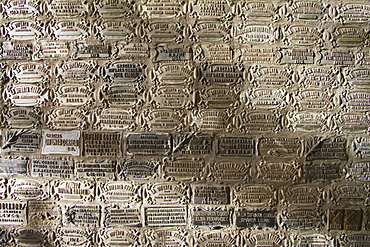
Thanksgiving plaques on a shrine at the Difunta Correa Sanctuary, Vallecito, San Juan, Argentina. La Difunta Correa is the most popular of Argentina's folk saints. She was a woman whose husband was forcibly recruited around the year 1840, during the Argentine civil wars. Becoming sick, he was then abandoned by partisans. In an attempt to reach her sick husband, Deolinda took her baby and followed the tracks of the partisans through the desert of San Juan Province. When her supplies ran out, she died. Her body was found days later by gauchos, however they found the baby still alive, feeding from the deceased woman's miraculously ever-full breast. Once the folk tale became known, her devout followers believe her to perform miracles and intercede for the living. Cattle keepers and truck drivers create small altars throughout Argentina and leave bottles of water as votive offerings.

